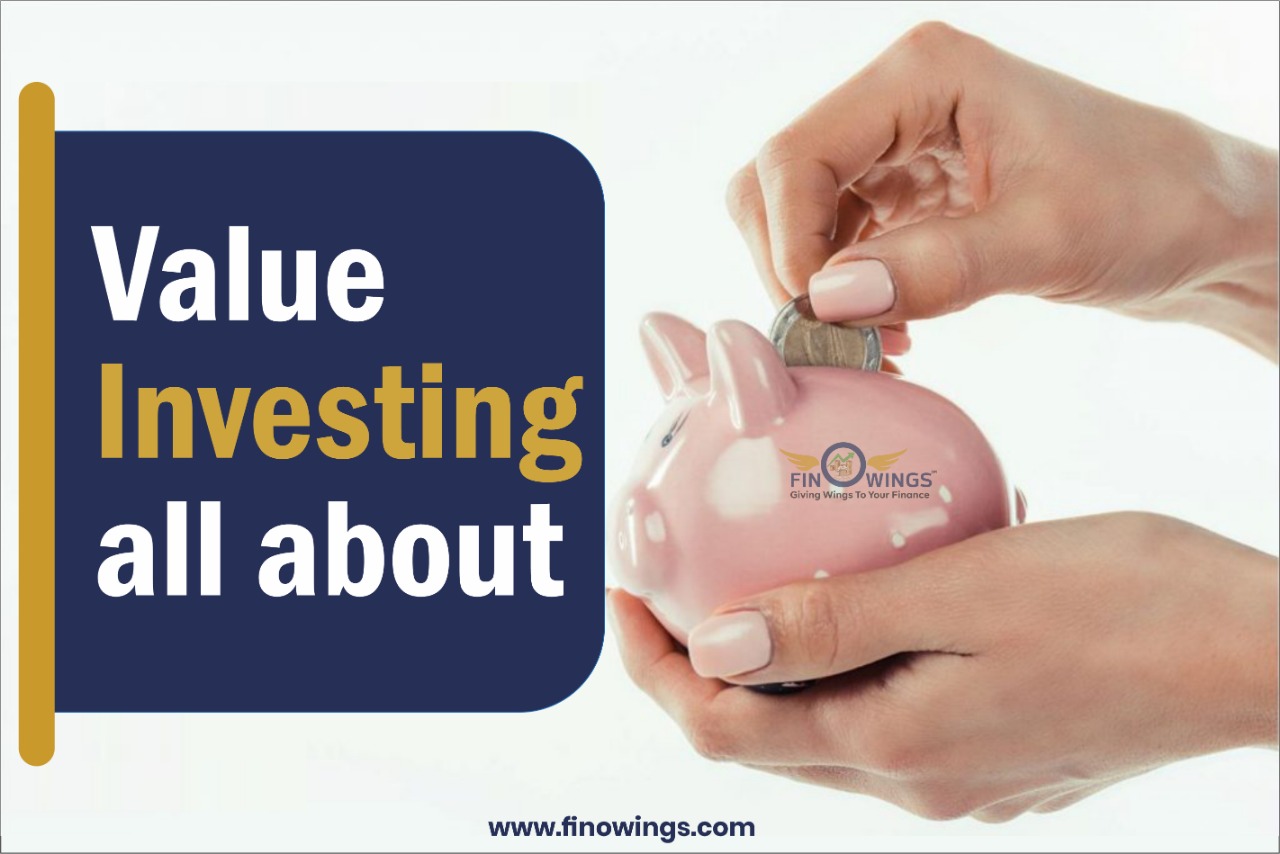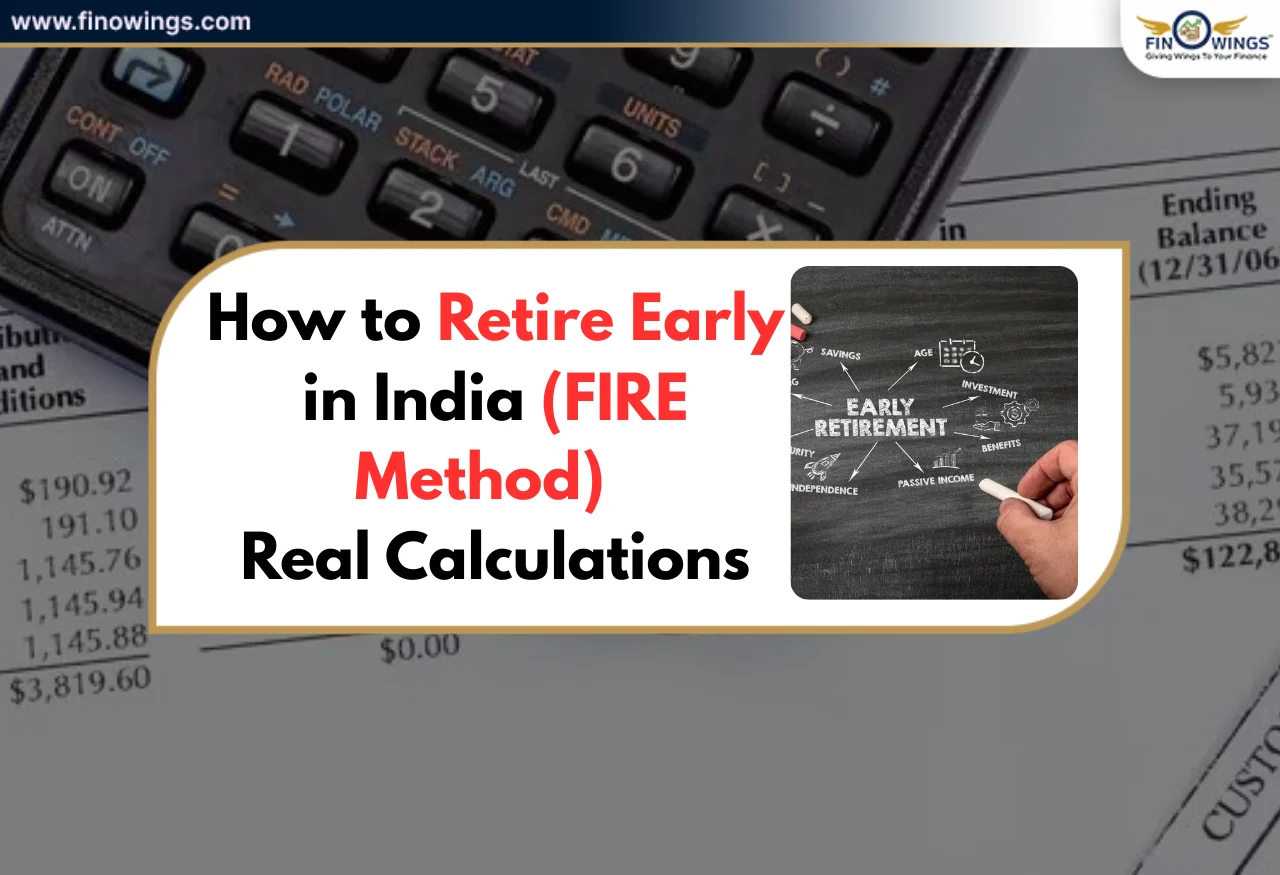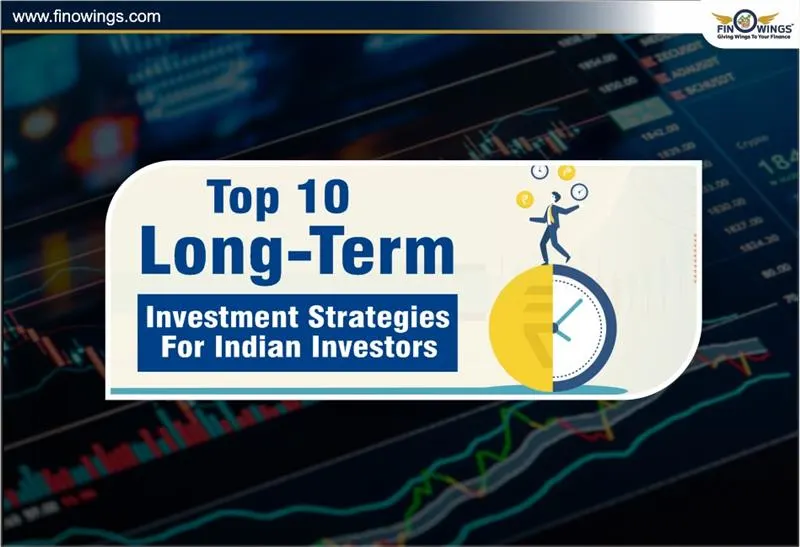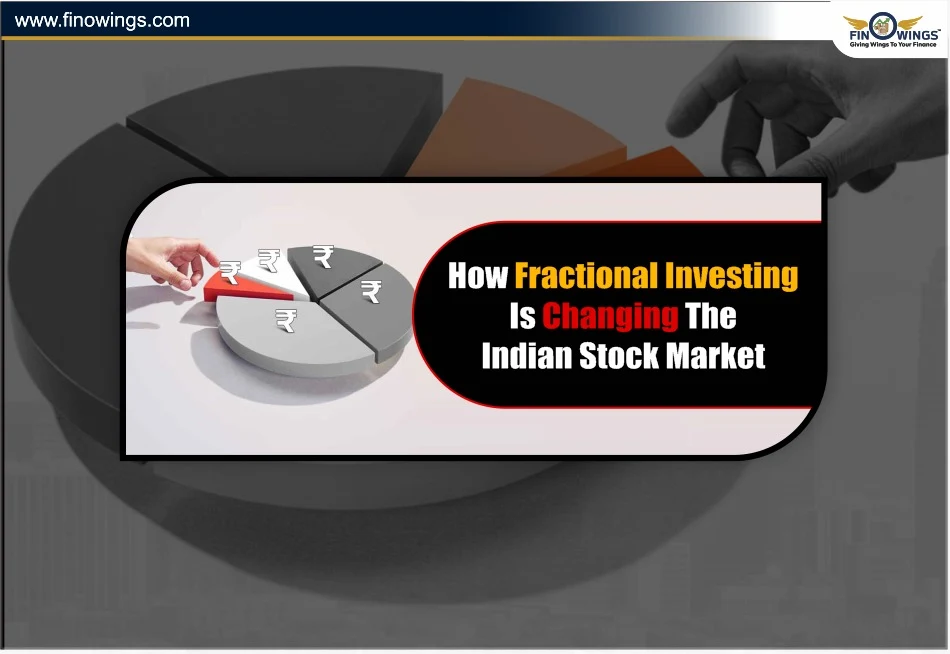Home >> Blog >> Everything You Should Know About Value Investing – What it is and How Does It Work?
Everything You Should Know About Value Investing – What it is and How Does It Work?

Table of Contents
If you are interested in the stock market, you have probably heard of the term "value investing." This term is frequently used in the stock market by experts and experienced traders.
This is an age-old strategy developed by Benjamin Graham, also known as the "Father of Value Investing." The fundamental science underlying the concept of value investing is to invest after analysing rather than speculating.
Since ancient times, the stock market has been regarded as a place of speculation and assumption. People used to invest in stocks based on instinct, and as a result, the majority of people associate the stock market with gambling or the luck factor.
However, the concept of value investing not only turns the stock market into a place where you can play with your mind and earn money but also into a sophisticated business.
You can easily earn an adequate profit on your investment if you use the strategies correctly and conduct thorough research before investing.
I'm sure you're interested in learning more about value investing, so let's not waste any more time and dig deeper into this brilliant investment concept.
2. What exactly is value investing?
The concept of value investing is simply identifying and purchasing undervalued stocks. The basic idea is that when you buy a share in a company, you are also purchasing ownership of a small portion of that company.
You must be thinking that this is nothing new and that you have heard it before. This is a mistake you have been making for years. You hear this, let it go, and continue on your investment journey.
However, as the owner of a specific business, you should focus on evaluating the company's financial statements and balance sheet to determine the true worth, also known as the intrinsic value of the share you intend to purchase.
The intrinsic value of a share allows you to determine whether it is cheaper than its true value or not. If a stock is undervalued, the chances of it making a good profit in the future increase automatically.
With a little foresight and a lot of research, you can easily earn profit from your investment. Let us delve deeper into the concept of value investing.
2.2 Benjamin Graham's concept of value investing
After extensive research, Benjamin Graham and David Dodd introduced the concept of value investing in the early 1920s. Graham also encapsulated the entire wealth of research in his book 'The Intelligent Investor.'
In addition, Graham began teaching the concept of value investing at Columbia Business School in 1928. Warren Buffet enrolled in this course almost two decades later and built his fortune using the techniques he learned.
Benjamin Graham divided his philosophy of value investing into four parts so that everyone could understand it in a simple and better way. Consider the following four principles:
1. The first principle discusses market observation. you have to observe the market's moods and how it reacts. When you see that the market is in a good mood and that share prices are rising, sell your shares. On the other hand, if you see the market in a rut and share prices are falling, buy some stock.
2. The second principle discusses calculating the intrinsic value of a share before investing. The intrinsic value of a share allows you to determine its true worth, and you can buy a share when it is less than its intrinsic value. To earn a good profit in the long run, you can hold the shares until they do not return to their intrinsic value.
3. The third principle emphasises the importance of maintaining a safety margin. The safety margin allows you to establish a limit between your optimism and forecast. Having a specific margin of safety will help you ensure that you do not overpay for any share in the optimism.
4. The fourth principle addresses the investment horizon. Value investing is not for those who are looking for a quick return. You will not make a profit in a few days or months. It could take years for a company to outperform its undervalued price. Value investment necessitates patience, and only those with the ability to be patient over the long term will profit greatly from their investment.
3. How to Evaluate Value Investing?
You've probably heard the term "intrinsic value" a lot by now. But the question is, how will you determine an intrinsic value of a share? How will you evaluate your investing as value investing?
-
To calculate the intrinsic value of a share, you must first determine the present value of future cash flows. This value always differs from person to person. That is why intrinsic value is never a single number but rather a range.
-
To evaluate the true worth of a company, you must first analyse the value of all assets, investments, and the company's book value. You should also check the same for the competitive companies in the specific business.
-
If the intrinsic value of the company is greater than the market price, the stock is a good opportunity to buy and you can make a profit from it in the long run. However, If the intrinsic value of the company is less than the market price, stay away from that stock as you are only going to burn your money.
3.2 The ratio of Value Investing
You can also use various ratios before selecting stocks and determining value investing:
3.2.1 The PE ratio (price to earnings ratio)
The PE ratio compares the stock price of a company to its current annual earnings. The formula for calculating the PE ratio is as follows:
P/E Ratio =
|
Share price |
Earnings per share
You can determine the company's P/E ratio, and the lower the ratio, the more valuable the stocks are for investment. Despite the fact that there is no fixed parameter to determine how much lower the value should be.
To get a proper estimate, look at the current market average P/E ratio, and if the P/E ratio of a particular company is high according to your valuation, the stock is not considered good. If it is low, it is considered a good stock.
For example, if the current market average P/E ratio is 18, shares with lower P/E ratios are good to invest in, while shares with higher P/E ratios are bad to invest in.
3.2.2 PB ratio (price to book value ratio)
PB ratio helps you measure the market price of the company than its book value. The PB ratio can be calculated using the following formula:
P/B Ratio =
|
Market price per share |
Book value per share
The PB ratio is widely used by investors and experts to analyse the value of a stock for decades. It is regarded as a good matrix for evaluating the value of an investment, particularly for companies with large tangible assets on their balance sheet.
Any company with a P/B value of less than one is considered a good stock to invest in. However, before investing in these undervalued stocks, make sure that everything in the company is fundamentally sound.
3.3 Value Investing Strategies
There are two strategies for value investing. Both strategies will assist you in value investing especially if you are a beginner and want to try your hand at value investing in the stock market. You can definitely use these two strategies to increase the value of your investment.
3.3.1 Long-term winners
The first strategy is to select long-term stocks. Do not begin investing with the expectation of becoming a millionaire in a matter of days or months. Patience is more important in value investing. Bid on companies that will thrive in their industry in the long run. Startups are a great example of this. Choose startups with future growth potential and market space. However, before investing in any company, don't forget to conduct extensive research.
3.3.2 Buy on the dip
You can also use this second strategy if you don't want to take risks with new companies. List the good stocks in the stock market and keep an eye on them. When the prices of those stocks fall, you can buy them and earn profit handsomely from them. This is a key characteristic of value investors. They always buy at a low price and sell at a high price.
3.4 The Advantages of Value Investing
Aside from making a good profit, value investing has several advantages. As a value investor, you can benefit from the following:
|
Adequate profit |
Of course, profit is the primary reason why we all invest our hard-earned money in the stock market. And when you invest in value stocks, your chances of making a profit are ten times greater than when you invest in random assumptions and speculation. |
|
Long-term investment |
If you don't want to tally the stock chart every day and have the patience to put your money in shares for the long term, value investing is for you. |
|
Low risk |
If you properly evaluate the company's value and are willing to invest your money for the long term, you will automatically remove a significant amount of risk. |
4. Conclusion
Finally, value investing is all about having a good understanding of the company and its intrinsic value. If you can invest your time in fundamental analysis of the company and hold your investment for a long period of time, you will undoubtedly make a good profit on your investment.
















